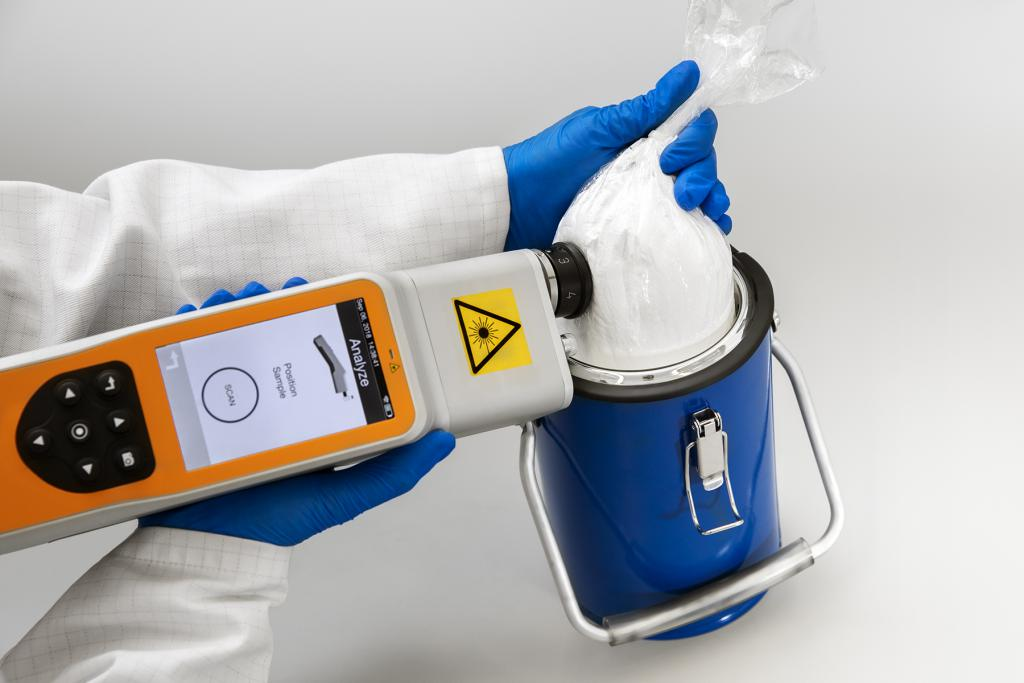Thunder Struck

For this weeks post I will be talking about the effects that lightning strikes have in the aviation world. Since aircrafts fly so high in our atmosphere they are prone to all kinds of atmospheric anomalies, including lightning. " In aviation, lightning strikes are actually very common. In the US, it’s estimated that each commercial plane is hit by lightning at least once every year. Lightning is most common near the equator, whereas the least lightning activity occurs over the oceans and polar areas ( Boeing )." (Rekosuo 2020) Most strikes happen during the planes ascend and descent phases. the plane needs to be between 5k and 15k ft for this strike to happen. Also, in order for lightning strikes to occur, the temperature has to be near zero and rain needs to be present. I picked this specific phenomenon becuase of how often it happens. " In the United States, the Federal Aviation Administration (FAA) has a system in place to track lightning strikes on commer...





